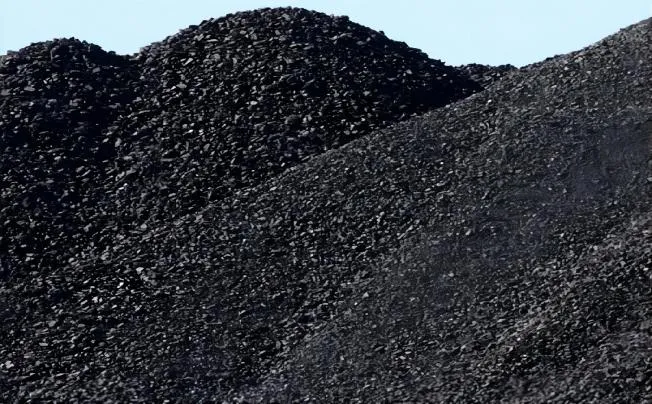
Calcined Petroleum Coke (CPC), a critical component in various industrial processes, stands as an enigmatic substance, often overlooked yet indispensable. Derived from high-quality…
Learn more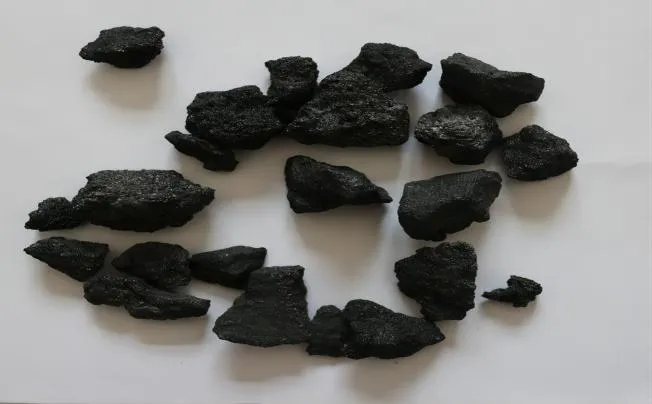
Green petroleum coke is heated to remove moisture, volatile materials, and impurities and to improve electrical conductivity. The result is calcined petroleum coke (CPC), a high pu…
Learn more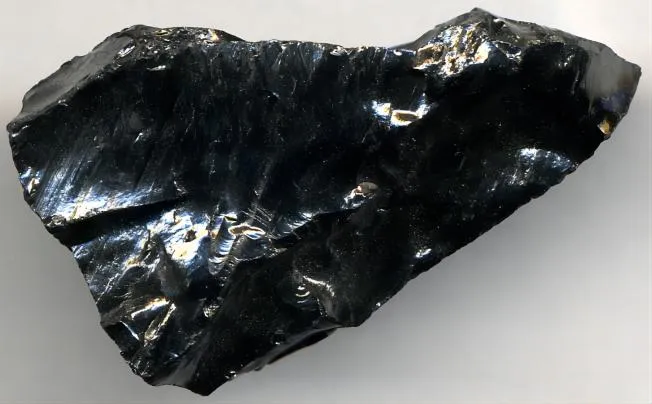
Anthracite and Petroleum Coke are two distinct forms of carbon-based fuels that play vital roles in various industries. Anthracite is a premium-grade coal known for its high carbon…
Learn more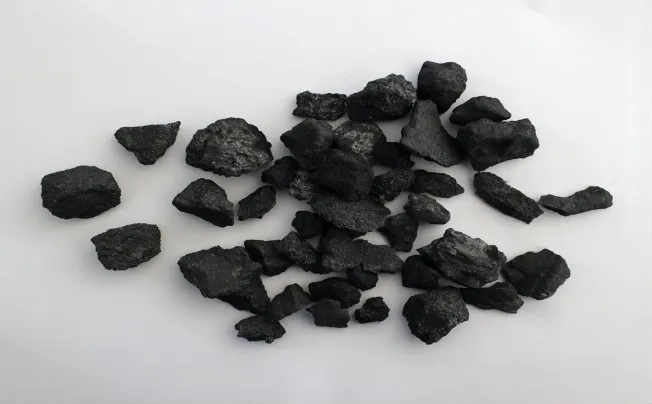
Graphite Petroleum Coke (GPC) is a carbon material produced by the high-temperature treatment of petroleum coke with a mixture of coal tar pitch. This process transforms the crysta…
Learn more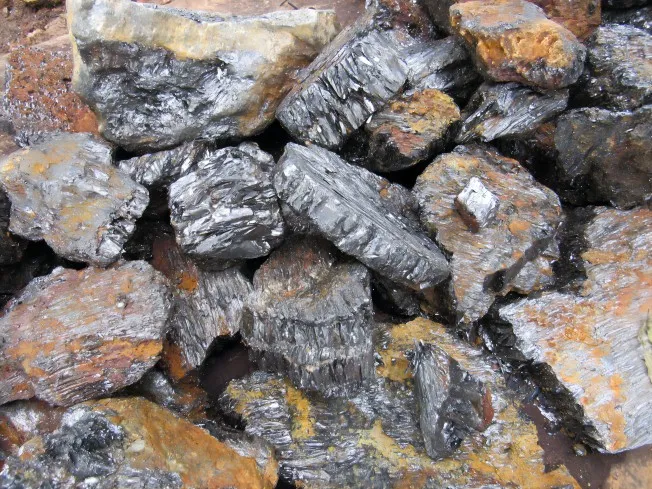
As the global energy landscape continues to evolve, the quest for alternative and sustainable fuel sources becomes increasingly significant. In this context, the comparative analys…
Learn more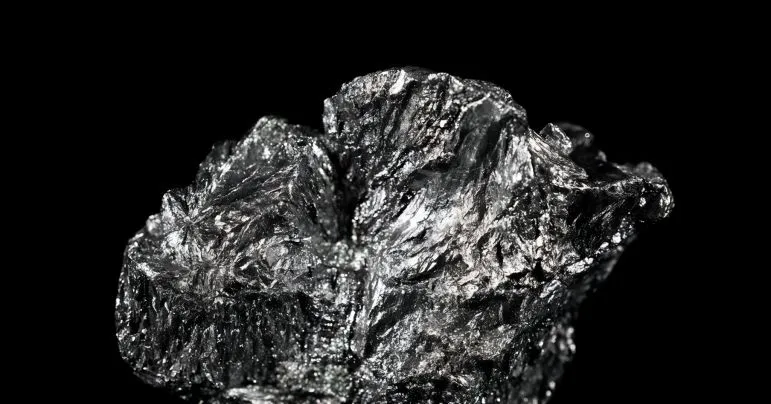
Graphite is a naturally occurring mineral composed of carbon atoms arranged in a hexagonal lattice structure. It is categorized as a non-metallic element that exhibits unique prope…
Learn more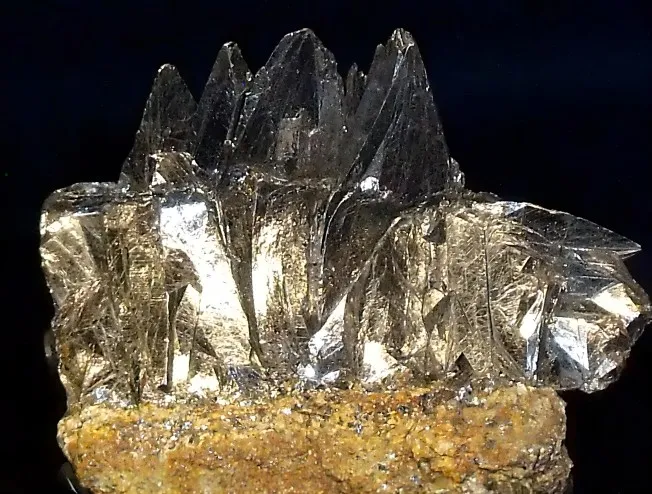
Graphite, a crystalline form of carbon with a remarkable array of properties, holds a significant place in various industries and applications. Its unique structure, composed of ti…
Learn more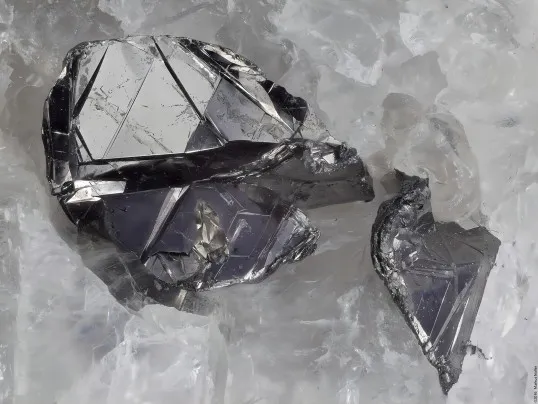
The article discusses the top countries producing graphite globally, including China, Brazil, India, and Mozambique. By understanding the leading graphite producers and their contr…
Learn more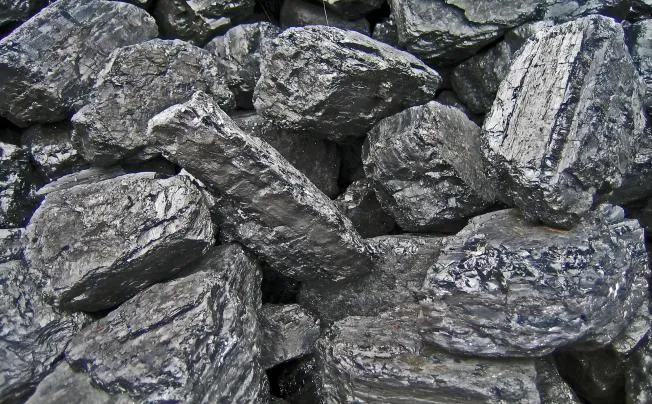
Learn about the differences between petroleum coke and coal in terms of composition, origin, and applications. Discover how each material is used in various industries and the envi…
Learn more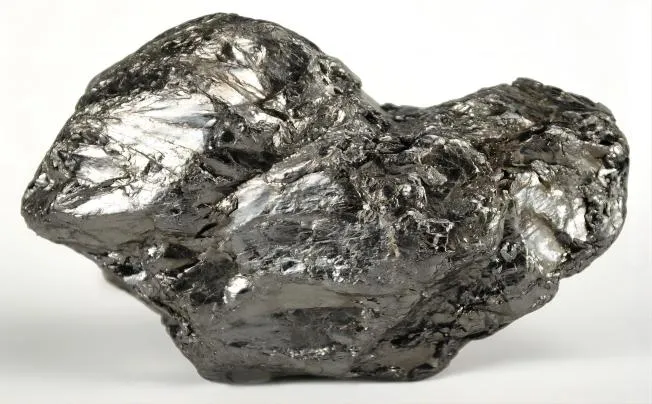
By understanding how graphite can be man-made and the key properties it possesses, you can gain knowledge about its applications in various industries. The detailed description of …
Learn more